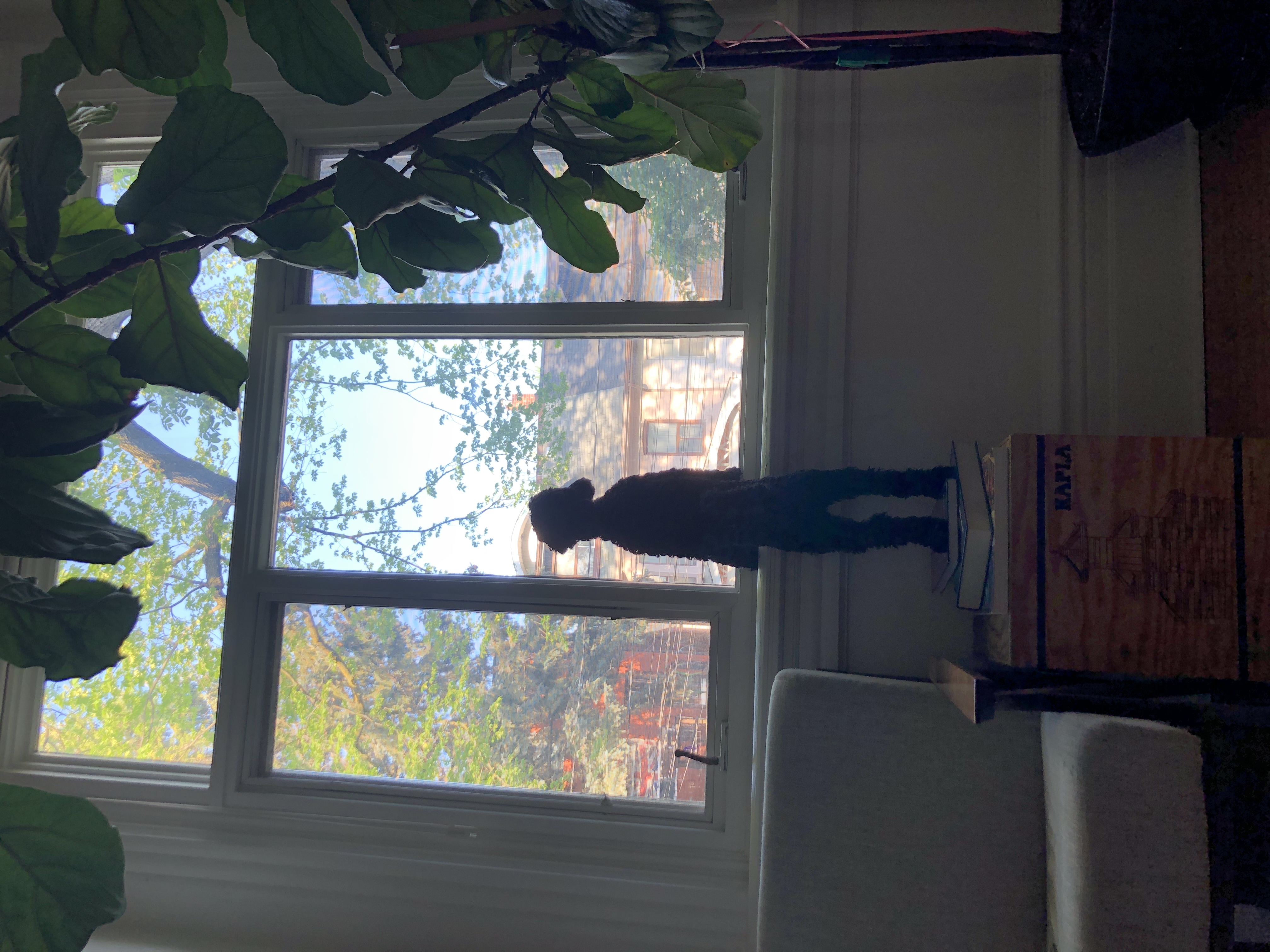Complementarities, Group Formation and Preferences for Similarity , 2008
We present a model of two sociological phenomena: the tendencies to form groups and to favor others who are similar. Individuals divide society into friends and enemies. Individual payoffs depend on their own choices and on the choices of others. We assume different types of complementarities: Other things equal, each individual prefers to be friendly towards those who are friendly toward her (second-degree complementarity) and toward those who are friendly toward those … who are friendly toward her (higher-degree complementarity). With second degree complementarities, but no higher-degree externalities, individuals want to reciprocate friendship. Any additional amount of higher-degree complementarities pushes individuals to form groups. Next, we assume everybody may make mistakes that make him confuse individuals who are similar to each other. To minimize the cost of the mistakes, individuals want to keep their friends as different from their enemies as possible. Combined with group formation, individuals would like to be friendly toward others who are similar to them. Although individuals act as if they have preferences for similar others, in reality, their behavior is a best response to the equilibrium behavior of others.
